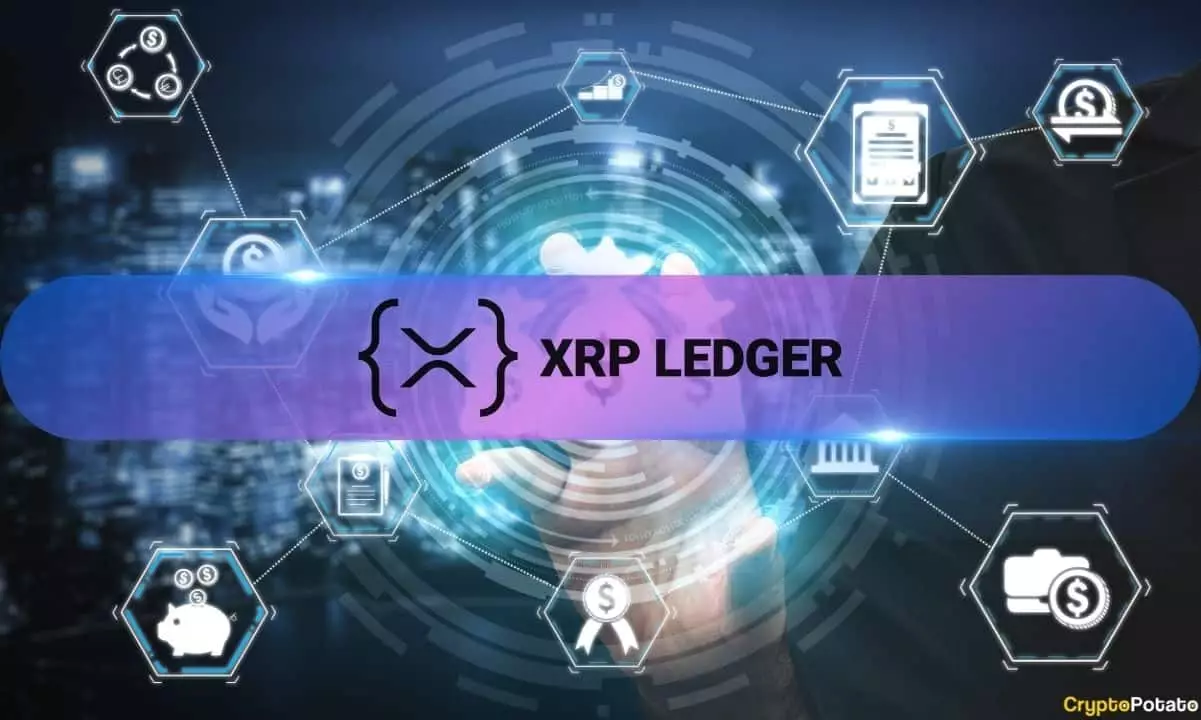On February 4, 2025, Ripple’s XRP Ledger (XRPL) experienced a significant yet brief outage that disrupted block production for approximately one hour at the ledger height of 93,927,173. As Ripple’s Chief Technology Officer David Schwartz later observed, the root cause of this disruption remained unclear, but the system managed to recover autonomously without necessitating substantial intervention from validators. This incident raises important questions not only about the resilience of decentralized networks but also about the implications for XRP’s market performance amid ongoing changes in the crypto environment.
Schwartz provided insights into the functionality of the Unique Node List (UNL), a crucial element of the XRPL consensus mechanism that validates transactions and ensures network reliability. During the outage, while consensus operations continued, no validations were published, creating a disconnect within the network. Schwartz noted that only a few UNL operators made adjustments, hinting that the network’s self-recovery system may have played a pivotal role in restoring normal operations. Once servers detected validations from reliable sources, consensus was quickly reestablished, allowing the network to align again with a coordinated ledger stream.
The lack of asset loss during this outage is a reassuring aspect for users, as Schwartz clarified that for about an hour, transaction ledgers were merely viewed with a lack of trust, rather than resulting in actual financial losses. This incident serves as a reminder of the complexities inherent in blockchain technology, particularly regarding consensus mechanisms and network reliability.
Ripple’s Ongoing Transformation
The timing of the outage is particularly noteworthy, given the recent modifications to the XRP Ledger. In January 2025, the Ripple network reduced its base reserve requirement from 10 XRP to 1 XRP, which is indicative of the company’s efforts to encourage broader participation in the ecosystem. Additionally, the restructuring of the validator network—diminishing Ripple’s direct influence to just two out of thirty-five validators—reflects an ongoing commitment to decentralization. Such moves not only aim to enhance trust among users but also align with the broader trends in the cryptocurrency space, emphasizing the importance of distributed authority.
However, Ripple’s network has been challenged by other technical issues over the past year, such as node crashes and system failures that required immediate patches. These incidents highlight the operational challenges faced by blockchain networks, which can impact user confidence and market performance.
The XRP token’s market reaction following the outage was palpable, with a reported decline of approximately 10%, dropping to $2.45, a notable contraction from a previous high of $3.38 in mid-January. Despite this setback, XRP had shown significant resilience, almost doubling its value over the past year—a remarkable growth attributed to a broader rally in the cryptocurrency market and favorable developments in geopolitical landscapes.
As Ripple works to stabilize and improve its operations, the future of XRP will largely depend on how effectively it can navigate these technological challenges while capitalizing on positive market momentum. The capability of such networks to recover from outages without significant intervention could ultimately reinforce user trust and stability in the long run. Overall, Ripple’s experience is a lesson in the volatility and dynamism of blockchain technologies and their ever-evolving landscape in the financial ecosystem.
















Leave a Reply